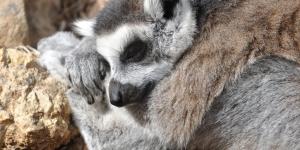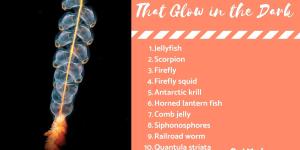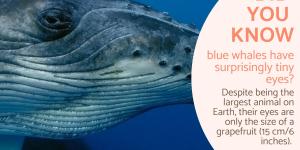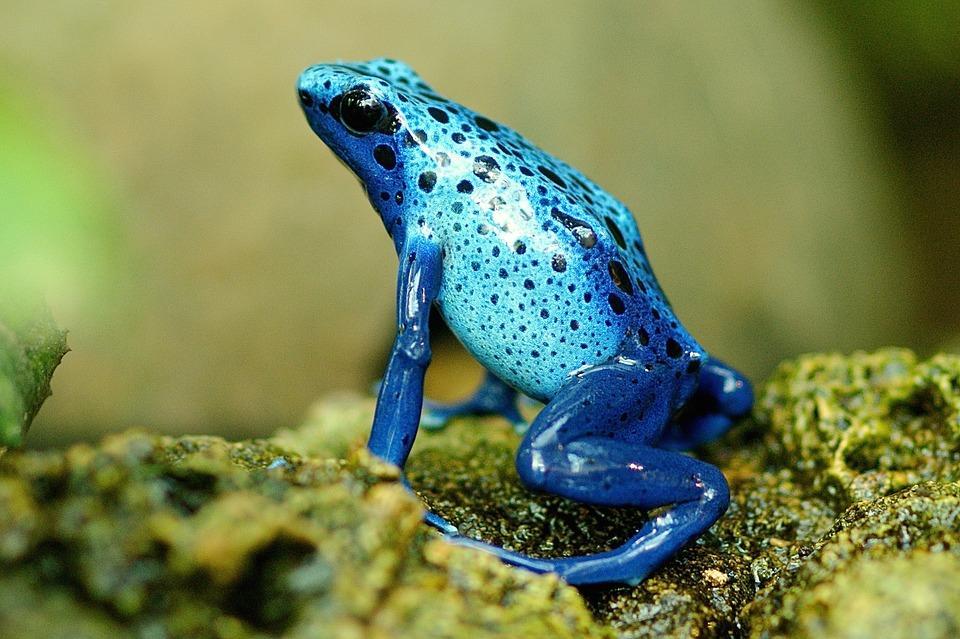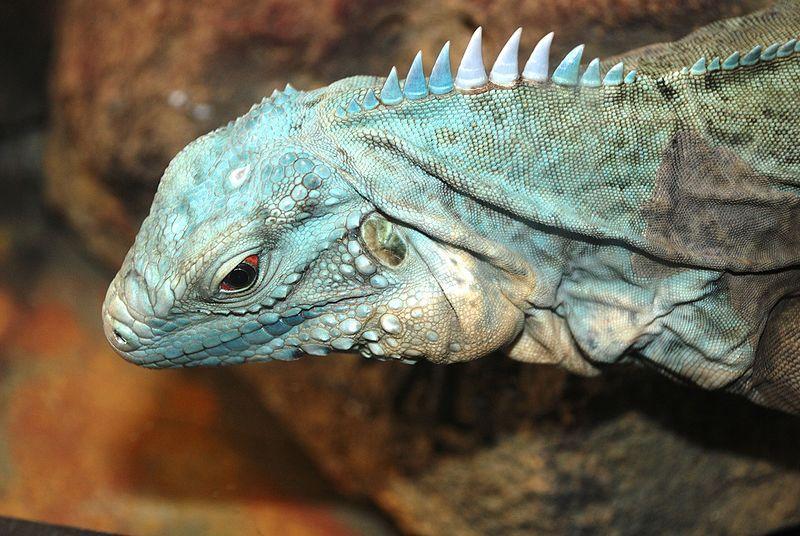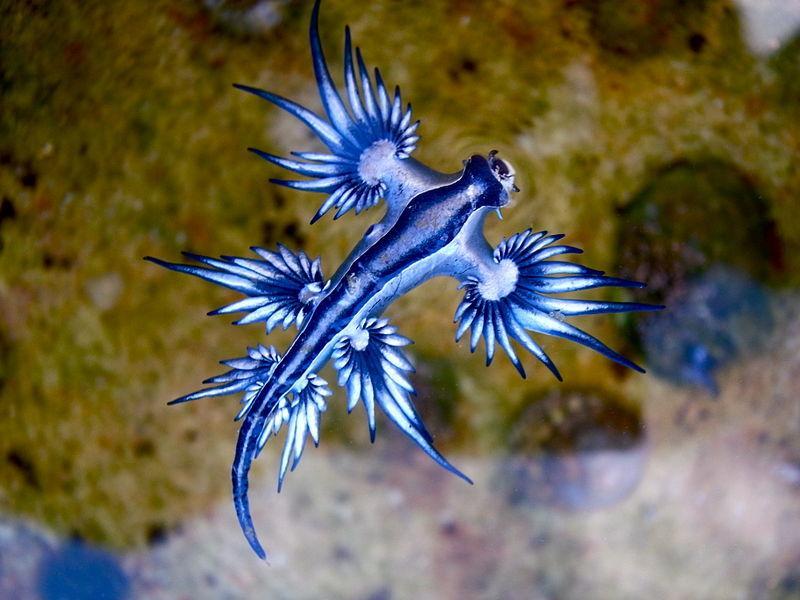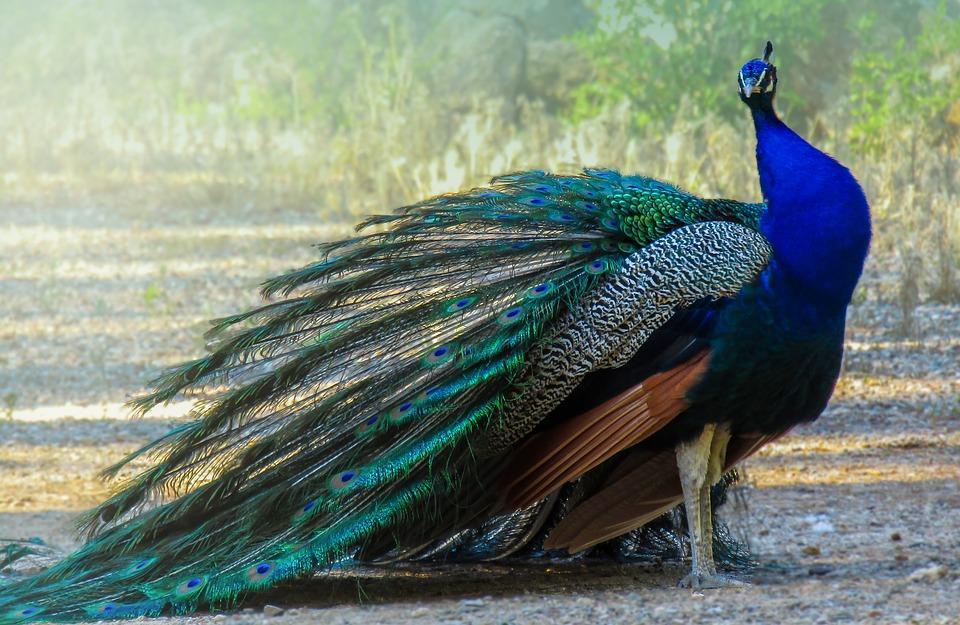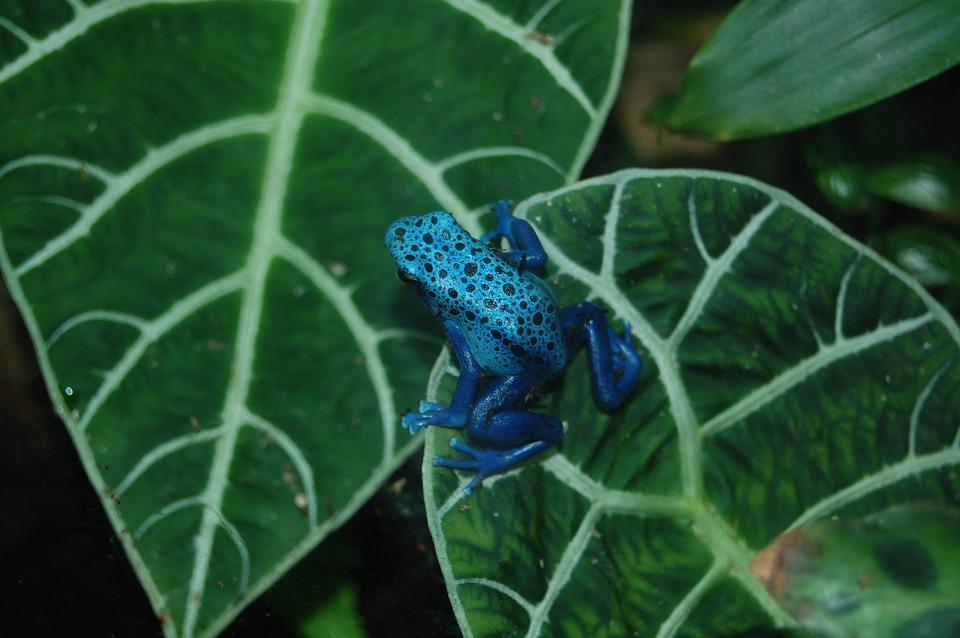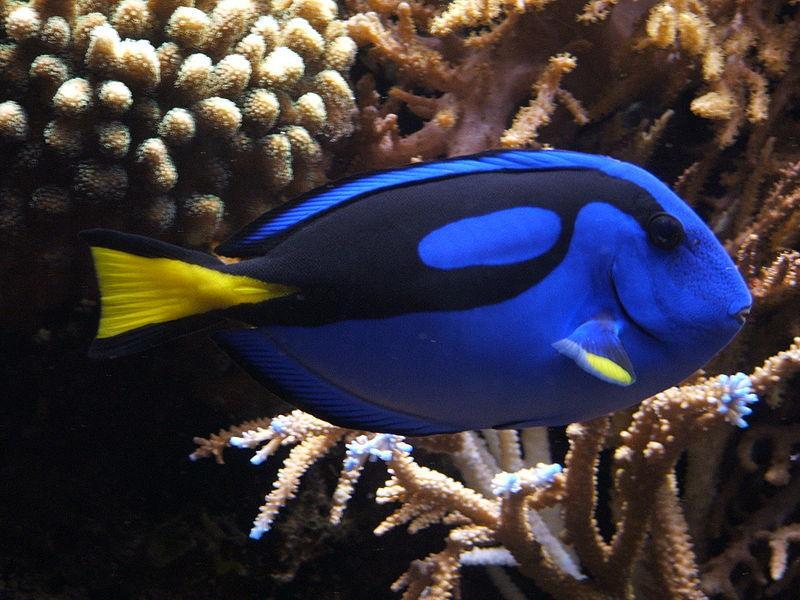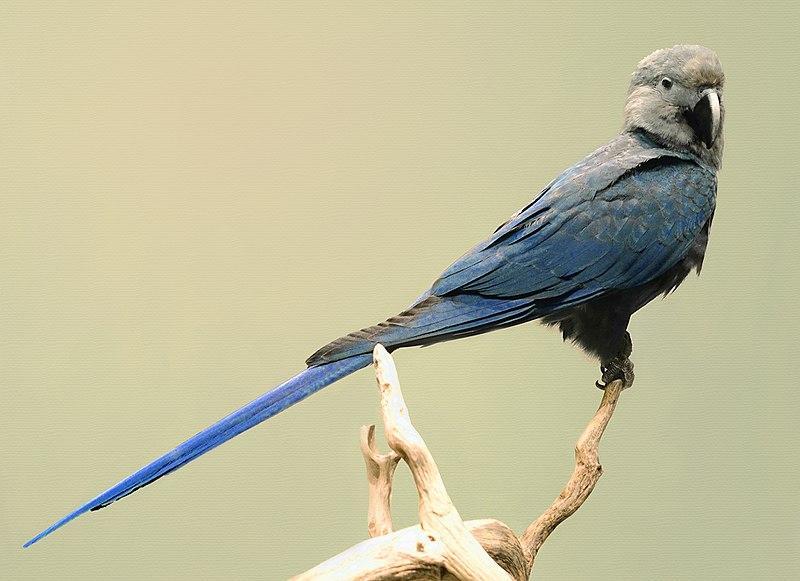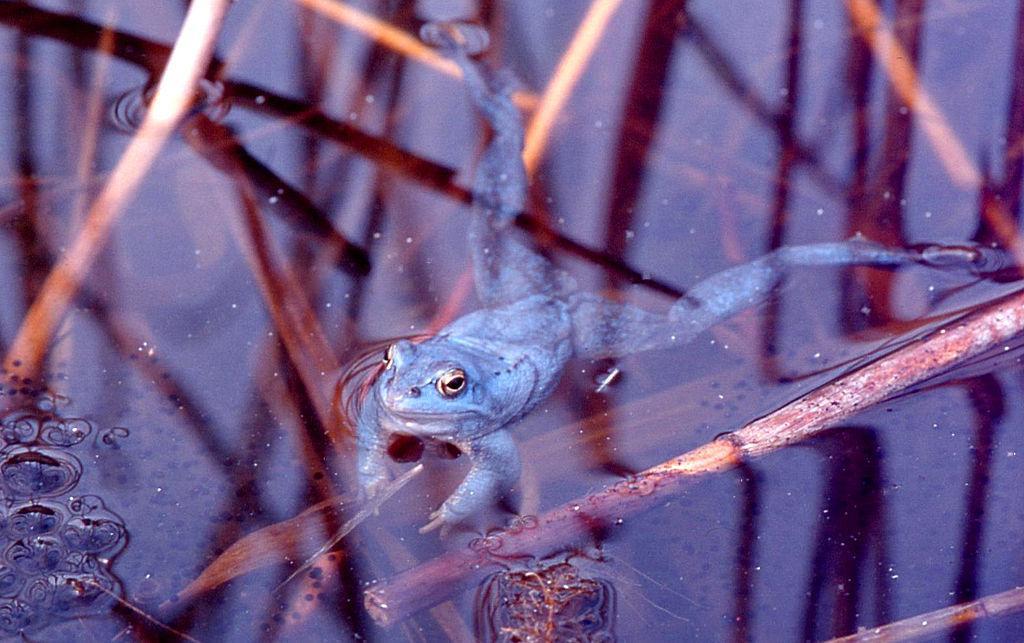15 Blue Animals in Nature

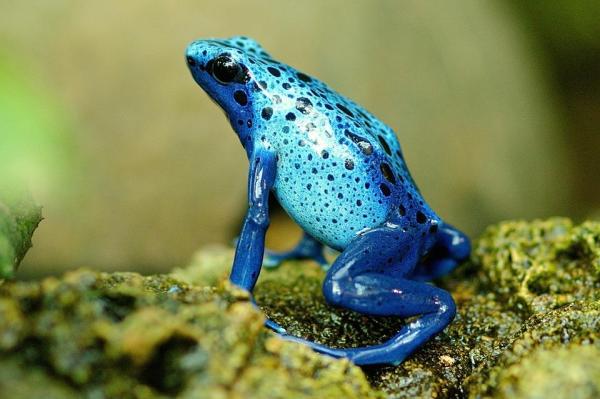
If you are thinking of blue animals in nature, certain birds, insects or even reptiles might spring to mind. However, not everything is as it seems. Many blue animals only appear blue to the human eye, but this is due to the dispersion of light. It's a similar trick of the eye which makes the oceans appear blue, even though the water is actually clear. But whether they are true blue or only appear this way, they are some of the most stunning sights in nature.
AnimalWised brings you our list of 15 blue animals in nature and provides names, characteristics and photos to help you know what to look out for. Keep reading to discover more.
- Are there blue animals?
- Blue jay
- Blue morpho butterfly
- Tanzania electric blue gecko
- Blue iguana
- Blue coral snake
- Strange blue animals
- Blue dragon
- Greater blue ringed octopus
- Little blue heron
- Peacock
- Blue poison dart frog
- More blue animals
- Blue surgeonfish
- Spix's Macaw
- Blue crayfish
- Moor frog
- Betta fish
Are there blue animals?
The majority of the animals we consider to be blue actually only appear that way. This is due to something known as structural coloration, a common feature in nature. The structure of the animal's body creates the illusion of blue or other different colors. In birds, the feathers contain microscopic crystal structures which create the illusion of blue color when light shines on them. Similar occurrences happen on the scales of fish and reptiles.
Structural coloration doesn't mean animals lack color pigment. Often the coloration is due to the pigment and the light interacting with each other. Certain pigments will look blue when diffused through these structures, even though they are not. One of the best examples of this phenomenon is the chameleon. The chameleon has different types of color-bearing cells called chromatophore. Lower layers have dark melanin and upper layers have yellow and red pigments, but no blue. It is only when the light is refracted through iridophores (iridescent chromatophores) that the structural coloration takes place. The result is often a striking iridescent blue which can help them hide from predators in nature.
There are some species which are true blue. This means they actually have blue pigment which gives them their blue color. Some species of frog and insect have true blue pigment, but they are in the vast minority of animals which appear blue. Whether they appear blue or are actually blue, here follows some of the most beautiful blue animals in nature. We start with blue animals in nature that live in forests.
1. Blue jay
The blue jay (Cyanocitta cristata) is a bird species native to North America. It mainly inhabits forest areas, but they can frequently be observed in certain parks and cities. Its plumage is light blue with black details on the upper body while the abdomen is white. Additionally, their pronounced crest of feathers on the top of the head makes it easier to differentiate them from other species.
Blue jays can feed on almost anything from branches, plants, leaves, flowers and fruits, to worms, chicks of other birds, insects or even human refuse. They build their nests on almost any tree species. Once built, the blue jay will lay a maximum of 5 eggs which incubate within 15 days.
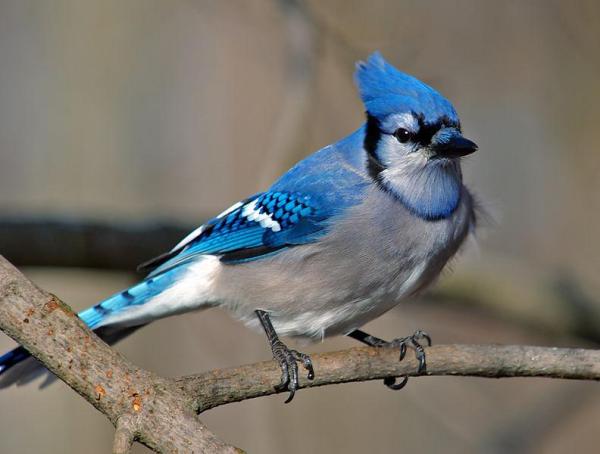
2. Blue morpho butterfly
The blue morpho butterfly (Morpho menelaus) is one of the most beautiful blue animals in the world. They are found in the forests of Central and South America. They are characterized by the blue color of their wings and their size which can reach up to 20 cm in length. As one of the largest butterfly species in the world, they are renowned in arts and media. Despite their ability of flight, they spend the majority of their lives on the forest floor or among bushes. There they find their food which consists mainly of caterpillars, plants and nectar.
If you want to know more about the blue morpho and butterflies in general, you can check out these fascinating facts about butterflies.
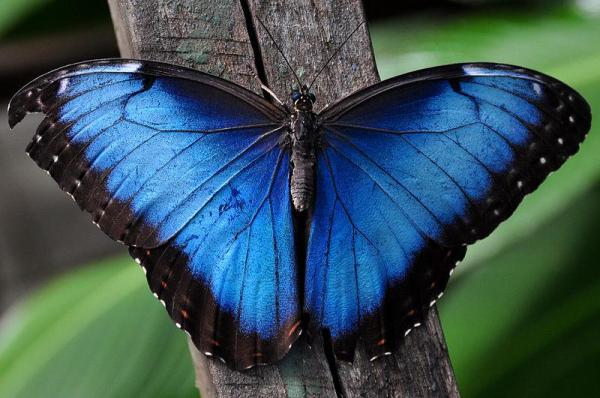
3. Tanzania electric blue gecko
William's dwarf gecko (Lygodactylus williamsi) is a reptile native to the island of Tanzania. There it lives in the Kimboza forest in a single type of tree the Pandanus rabaiensis. Geckos are very small animals, measuring only 10 cm in length. Their tail is long relative to the body and the legs allow it to move with great speed through the terrain. They are aggressive animals with their mating partners, especially males.
The color of the males is bright blue, while the females can vary in green and brown tones. However, both are orange on the lower part of their body. Their color has made them very desirable in the pet trade which is paryl whey they are now threatened. Known as electric blue gecko as a pet, they are heavily regulated in many areas to try to help conservation.
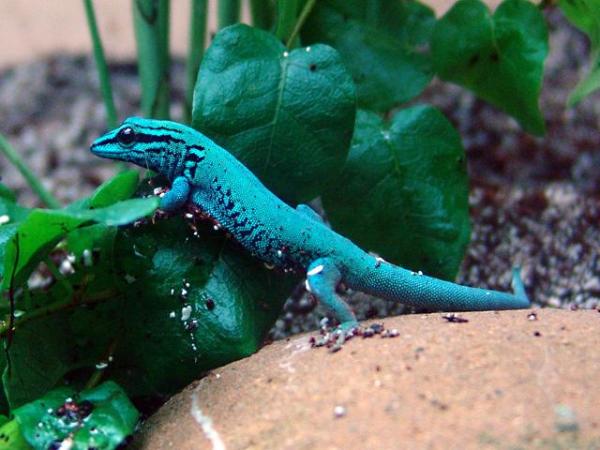
4. Blue iguana
The blue iguana (Cyclura lewisi) is a reptile native to the Grand Cayman Island, where it lives both in forests and in gardens, roads and in the vicinity of towns. They hide in cavities found in trees, rocks or soil. It is one of the herbivorous blue animals in nature feeding on fruits, seeds, flowers and plants.
They are also one of the largest types of iguana, measuring 1.5 m long. Their tail is the longest of all iguanas being 60 cm at length in adults. The blue hue of this species is accentuated during mating season when colors vary between gray and dark blue. They are excellent climbers and move with great ease and agility.
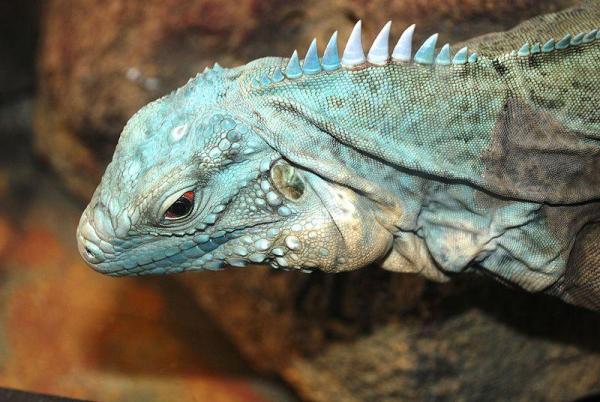
5. Blue coral snake
The blue coral snake (Calliophis bivirgata) is one of the most beautiful and dangerous snake species i the world. Their deadliness is due to their potentially lethal poison. This coral snake is over a meter in length and the hue of its scales varies between dark blue and black. However, their head and tail are deep red. It is one of the blue animals in nature that live in forests of countries such as Indonesia, Malaysia, Singapore and Thailand where they feed on other snakes.

Strange blue animals
In nature there are animals with such strange characteristics it is difficult to believe that they are from this world. However, their strangeness is simply because they are not well-known to people.
Here the blue animals in nature which can be considered strange:
6. Blue dragon
The blue dragon (Glaucus atlanticus), you may be surprised to know, is not actually a dragon. It is actually a blue sea slug which is characterized by its blue and silver hues. They measure about 4 cm long and lives in temperate waters around the world. Although it is most commonly found around the European, African and Australian coasts.
Glaucus is a genus of sea slug and there are a few blue glaucus animals. This species has a small bladder which is located in its stomach which inflates and deflates. This allows them to stay afloat in water without touching the surface. As with many other sea slugs, they can absorb the venom of other animals and use it for themselves, often to a more lethal extent.

7. Greater blue ringed octopus
The greater blue-ringed octopus (Hapalochlaena lunulata ) is a species that measures 10 cm in length and weighs 80 g. As the name implies, this animal has a variety of blue rings around its skin, while the rest of its body has yellowish or reddish tones.
Animals in nature have various habitats. Among the blue animals in the ocean, this octopus stands out for being flexible and fast. They are also able to move easily through its environment. In addition, they are very territorial, unlike the rest of octopus species. Their diet is rich in diversity, eating various shrimp, fish and crustaceans which they catch thanks to their powerful tentacles and its lethal poison.
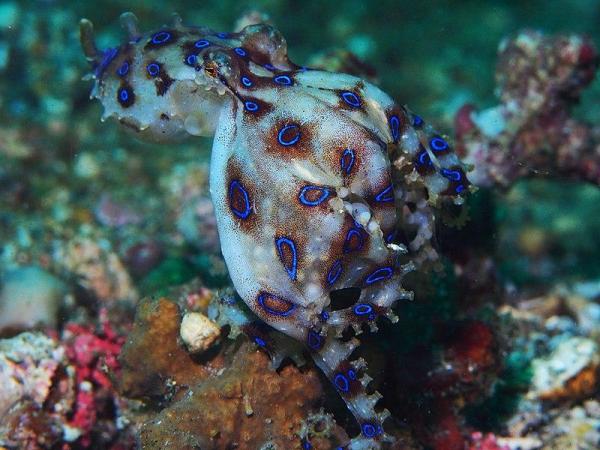
8. Little blue heron
The little blue heron (Egretta caerulea) is a long necked bird with long legs and a sharp beak. This beak is noted for its beautiful blue coloration. They are carnivorous and consumes fish, frogs, lizards and turtles. The reproduction phase occurs between the months of June to September, at which time it lays 2 to 4 eggs. The blue color is not the only hallmark of this animal, since it also measures 60 cm long and weighs around 300 g.
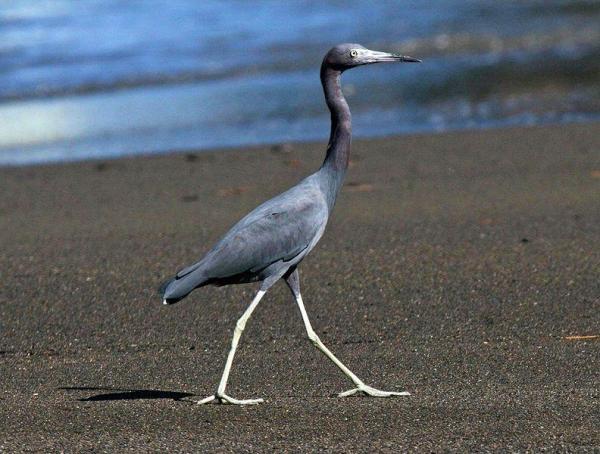
9. Peacock
The peacock (Pavo cristatus) is perhaps one of the most striking animals in the world, both for its elegant appearance and for its colorful plumage. This animal displays sexual dimorphism, a trait which means females and males are different in morphology. Females are smaller than males and lack the striking feathers for which they are so famous. This is why only the males are considered blue animals.
The tail contains beautiful feathers which display a variety of colors, including blue, but the body of the male is almost entirely blue. They use their tails in an incredible mating ritual which involves a complicated series of dances and moves. They are native to the Asian continent, but can now be found almost anywhere in the world.
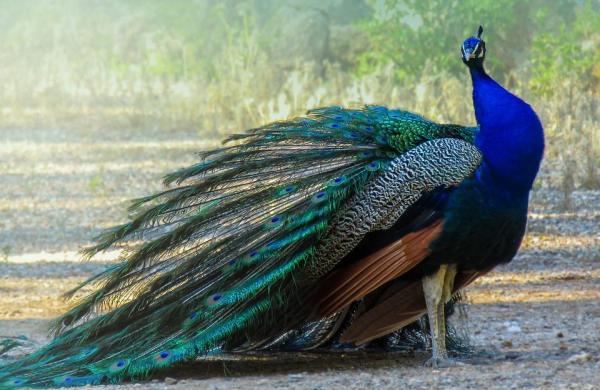
10. Blue poison dart frog
The blue poison dart frog (Dendrobates azureus) is an amphibian that is characterized by its metallic blue color. In nature, this color is used to warn potential predators of the great danger they would be in if they tried to eat them. The poison is secreted through the skin, so merely touching the frog can de deadly. They live in Suriname in forested and humid areas, close to water sources. It is very common to observe them both on the ground or climbing on trees. As with most frog species, they lay their eggs near water sources. They can live up to 8 years of age in the wild.
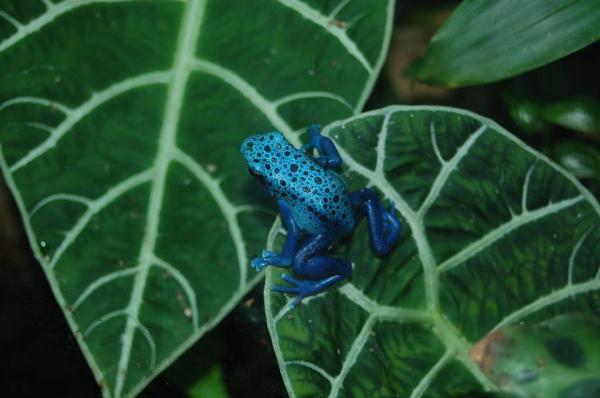
More blue animals
We finish by providing adding five additional blue animals in nature you may or may not have heard of. Do you recognize any of them?
11. Blue surgeonfish
The blue surgeonfish (paracanthurus) is a saltwater fish most prized for its intense blue color which contrasts with the yellow color of its tail. They measure around 40 cm in length and lead a solitary lifestyle, inhabiting the Pacific reefs. They do not show an obvious sexual dimorphism, but it is the males who perform most of the courtship ritual. Also known as the blue tang, you may know them as the basis for the character Dory in the Disney movie Finding Nemo.
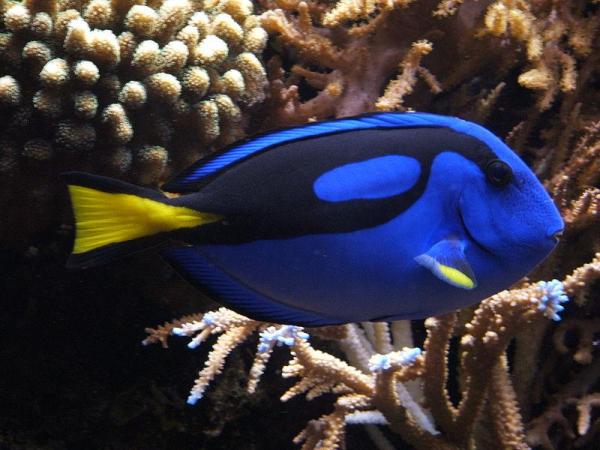
12. Spix's Macaw
The spix's macaw (Cyanopsitta spixii) is a another blue animal species from nature that became popular thanks to a movie. This one is the animated film Rio. However, this animal, known as "arara" in their home country, is in critical danger of extinction as there are hardly any specimens left. Some of the causes are deforestation, pollution, climate change, lack of resources and illegal trafficking of the species.

13. Blue crayfish
The blue crayfish (Procambarus alleni) is an endemic species of Florida, United States. It is relatively common as an aquarium animal in their home country. Although the species is brown in the wild, selective breeding has provided this bright cobalt blue color.
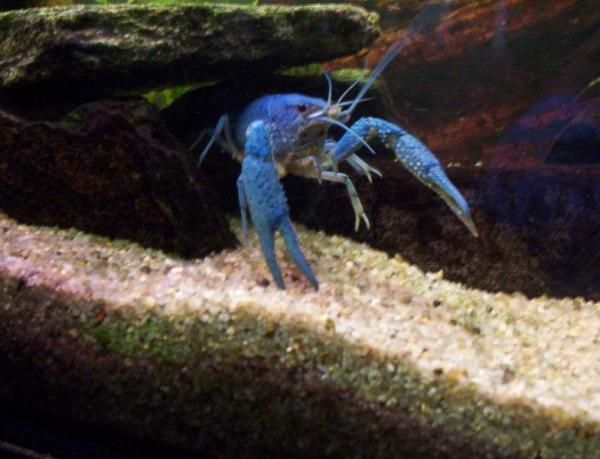
14. Moor frog
The Moor frog (Rana arvalis) is an amphibian that can be found mainly in Europe and Asia. It is small in size, measuring between 5.5 and 6 cm. They have a smooth body with brown and reddish tones. However, during a short period of time, during the reproduction, the male acquires a bright blue hue and then regains its usual colors. This makes it one of the few temporarily blue animals on our list.
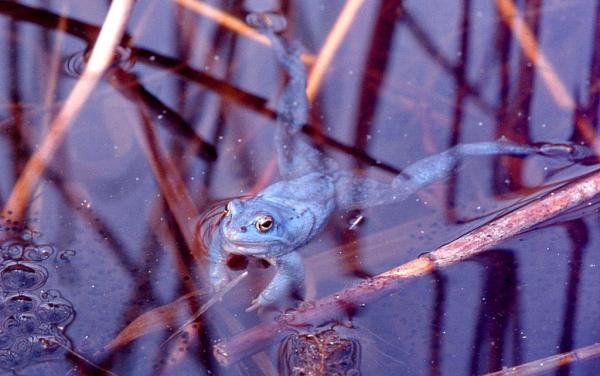
15. Betta fish
While not all betta fish are blue, there are some which display and incredible blue color. This varies according to species and colors can change within the same species. To know more, look at the different types of betta fish and see the different range of their colors.
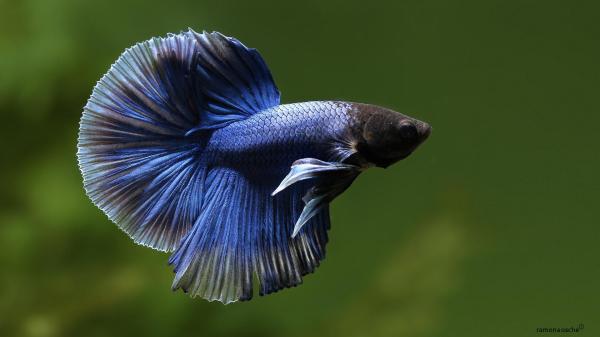
If you want to read similar articles to 15 Blue Animals in Nature, we recommend you visit our Facts about the animal kingdom category.
- Gaucher, P. & MacCulloch, R. 2010. Dendrobates tinctorius . The IUCN Red List of Threatened Species 2010: e.T55204A11265402. http://dx.doi.org/10.2305/IUCN.UK.2010-2.RLTS.T55204A11265402.en. Downloaded on 16 August 2019.
- BirdLife International 2017. Egretta caerulea (amended version of 2016 assessment). The IUCN Red List of Threatened Species 2017: e.T22696944A118857172. http://dx.doi.org/10.2305/IUCN.UK.2017-3.RLTS.T22696944A118857172.en. Downloaded on 16 August 2019.
- Allcock, L., Taite, M. & Allen, G. 2018. Hapalochlaena lunulata . The IUCN Red List of Threatened Species 2018: e.T163293A994503. http://dx.doi.org/10.2305/IUCN.UK.2018-2.RLTS.T163293A994503.en. Downloaded on 16 August 2019.
- Burton, FJ 2012. Cyclura Lewis . The IUCN Red List of Threatened Species 2012: e.T44275A2994409. http://dx.doi.org/10.2305/IUCN.UK.2012.RLTS.T44275A2994409.en. Downloaded on 16 August 2019.
- McIlwain, J., Choat, JH, Abesamis, R., Clements, KD, Myers, R., Nanola, C., Rocha, LA, Russell, B. & Stockwell, B. 2012. Paracanthurus hepatus. The IUCN Red List of Threatened Species 2012: e.T177972A1507676. http://dx.doi.org/10.2305/IUCN.UK.2012.RLTS.T177972A1507676.en. Downloaded on 27 August 2019.
- BirdLife International 2018. Cyanopsitta spixii. The IUCN Red List of Threatened Species 2018: e.T22685533A130431750. http://dx.doi.org/10.2305/IUCN.UK.2018-2.RLTS.T22685533A130431750.en. Downloaded on 27 August 2019.

